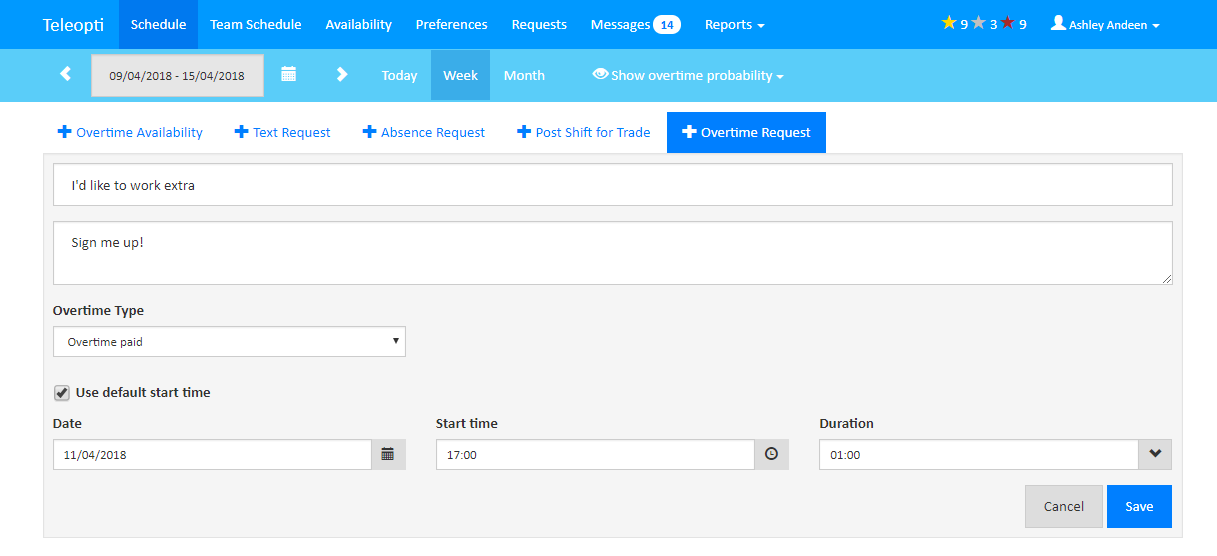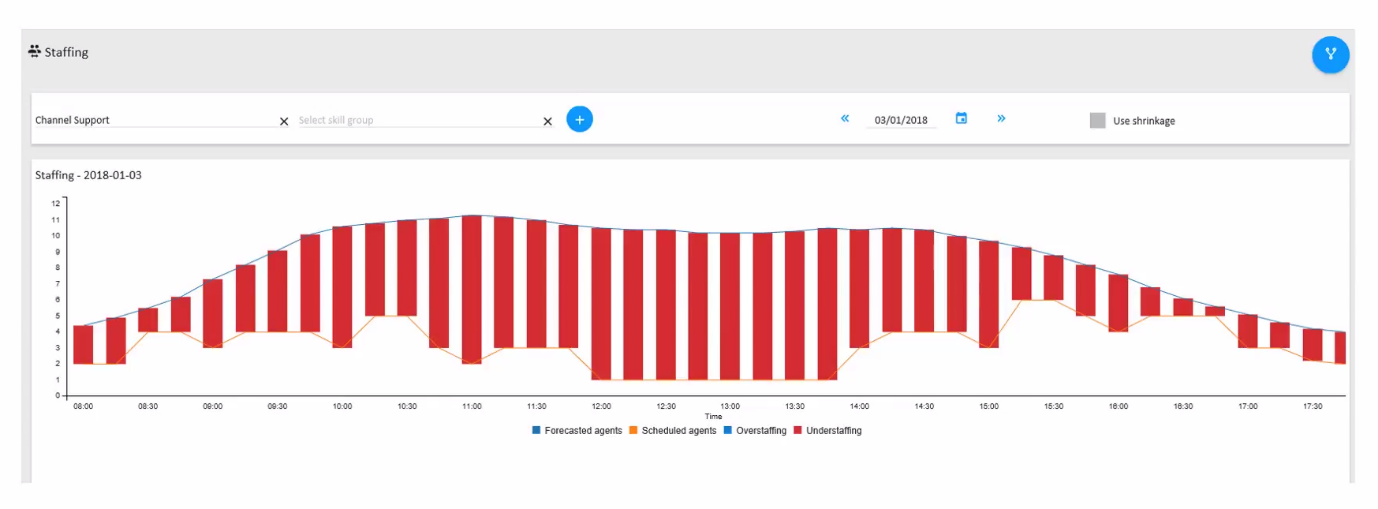There’s always something new and exciting going on when it comes to technology – be it a smart electronic assistant (whom you end up relying on more than you expect!) or a self-parking car which takes the stress out of parallel parking (sign me up!).
Technology is constantly evolving and contact centre Workforce Management (WFM) is no exception.
To make sure you’re all up to date, Business Systems teamed up with Teleopti, to discuss the top four Workforce Management trends you should watch out for in 2018.
1. Enhanced Gamification
Keeping staff engaged at all times, or even for good part of the working day, is challenging, especially in the contact centre environment where tasks can be repetitive and the day strictly planned.
Gamification (the application of game like processes) helps drive, measure and reward high-value behaviours completed by employees in an almost playful and light-hearted manner. Whilst the concept has been around for the past few years, its ability to keep employees (in particular millennials) engaged and motivated will consequently see more and more contact centres adopt it in 2018.
Advanced gamification modules within workforce management systems are now offering:
- A broader set of KPI’s (customers are now enabled to bring in their own required KPI’s, including customer satisfaction, quality scores, revenue per call) to help drive, measure and reward behaviours
- Ability for employees to trade in achieved awards for benefits such as leaving an hour earlier on a Friday or being able to work from home for the day, enhancing employee engagement
- Improved incentives for mid-performers – keeping those who are working hard but stabilising motivated (maintaining their job ability).
Pro Tip: When thinking about putting together a gamification strategy that will be successful, it isn’t enough to understand your business goals, it’s fundamental you also gain a thorough understanding of your individuals own internal drivers and what motivates them.
2. Automation & Self Service
With a greater number of employees now demanding increased flexibility in their work life balance, allowing agents the opportunity to select their preferred working hours, time off requests and breaks, is key in ensuring a healthy attrition rate and ultimately achieving SLA’s.

In line with the idea of flexibility, new advances within WFM modules are currently in the process of being worked on to include the ability for agents to move their own breaks and lunches (so long as service levels and organisational requirements are protected).
In combination with this, updated modules are also equipped with the ability for employees to pick and choose (based on available slots), preferred overtime shifts. Once the request is live, the system is able to automate acceptance or rejection, helping majorly reduce administration costs with handling such requests . It also means managers do not have to handle ‘mundane tasks’, and so are better focused on business needs arising from other issues.
Pro Tip: When it comes to lunchtime, giving your agents some flexibility with their hour will not only make them feel more in control of their time, but it will also help you cover demand during this tricky time of the day. e.g some agents may choose to take their break as 15 minutes/30 minutes/15 minutes throughout the day, while others may want to take the full hour at midday. Embrace the unusual!
3. Adaptive Forecasting
Regardless of the sophistication of the WFM tool or processes in place, the foundation of optimising staffing relies on the precision of forecasting. Until now, WFM solutions have always had an algorithm (such as erlang C) incorporated within their WFM technology. But who is to say that this algorithm is fit for purpose for your particular data set?
As a result, new developments within machine learning are now equipped with advanced adaptive forecasting, where the system will test best fit configurations using history to select the best fit to move forward with.
At the moment there is a lot of industry buzz around Artificial Intelligence, Machine Learning and Big Data. They hold the promise of a world where a driverless car will take us home, where our desires are calculated even before we know them ourselves, and where Robots take the drudgery away from human lives. The reality is a little more practical.
These terms cover a large and broad range of computing technique, but all are based on mathematics and data. This includes methods using statistical techniques as opposed to neural networks or simulation. The developments in AI have meant that large scale analysis of data sets have become readily cost effective.
Companies such as Microsoft now offer packages where engineers can submit demand/time data sets, and the functionality will alter parameters and setting to produce the best prognosis. It achieves this by testing a large range of parameters and then examining which set matches the historical results. In effect the system is learning about that specific data set, and can be said to be adapting forecasting algorithms.
Pro Tip: When thinking about putting together a gamification strategy that will be successful, it isn’t enough to understand your business goals, it’s fundamental you also gain a thorough understanding of your individuals own internal drivers and what motivates them.
4. Business Process Outsourcing
When planning resources and dealing with understaffing issues, particularly during seasonal peaks, many contact centres outsource – essentially meaning that business process outsourcing (BPO) agents are able to work on the same automatic call distribution queues as internal agents.
To help this process run even smoother, new modules within WFM systems now come equipped with the ability to export additional staffing needs (in CSV formats for easy administration) for outsourcers to view. Business Process Outsourcers can then import the number of resources they can supply, allowing the contact centre to re-optimise staff accordingly.

Pro Tip: Be sure to optimise your own available resource before identifying and sharing requirements with your BPO’s. This can be easy to forget!
Workforce Management can play a pivotal role in ensuring the success of your organisation. In order to benefit from an investment with WFM, your service provider should be taking into account your views and demands and applying this to the product roadmap.
Author: Guest Author
Published On: 17th Apr 2018
Read more about - Guest Blogs, Business Systems















